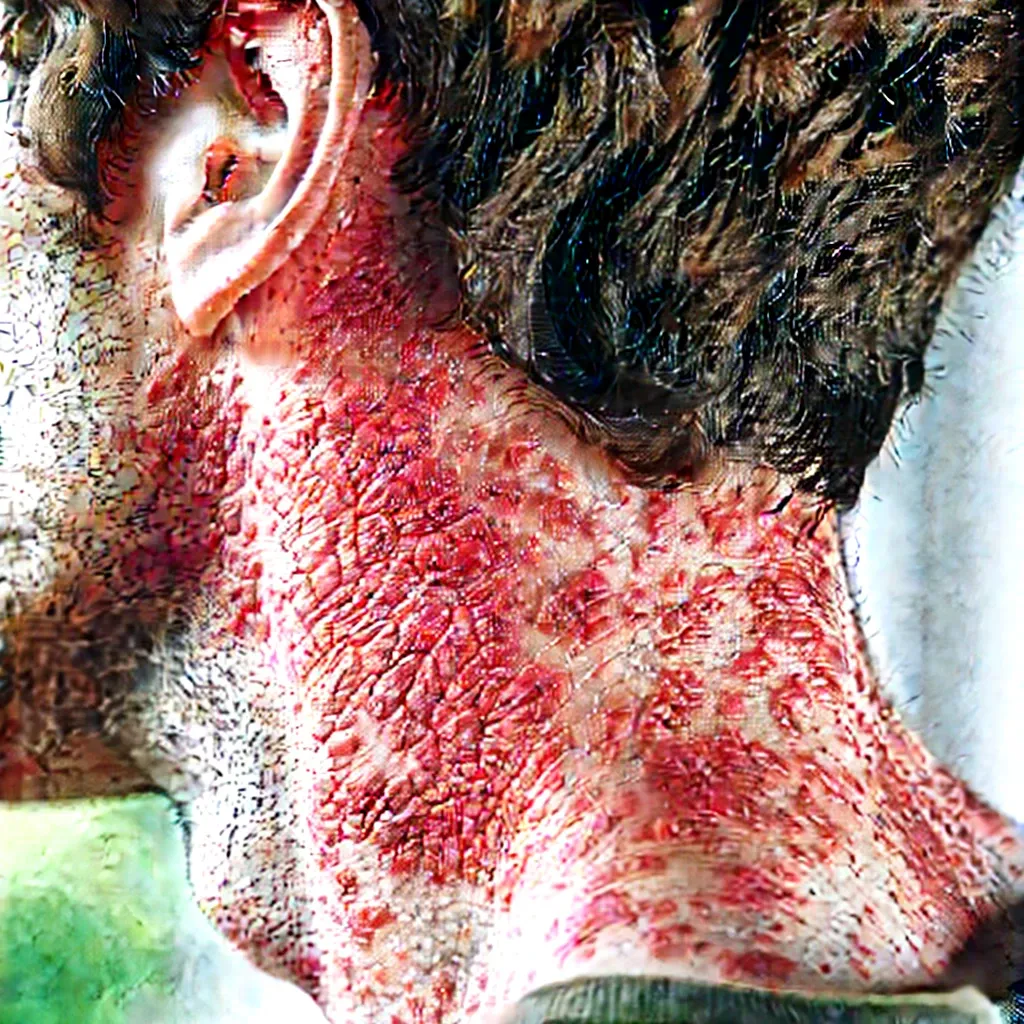Seasonal skin allergies can be an uncomfortable and frustrating condition that many people experience, especially during specific times of the year when allergens are prevalent. Whether it’s pollen in the spring or mold in the fall, the allergens in the environment can trigger a variety of skin reactions. In this article, we’ll explore the common symptoms of seasonal skin allergies, how they are linked to skin hives and itching, and how you can manage and alleviate these irritating symptoms.
Do you struggle with seasonal skin allergies? Learn about the common symptoms like skin hives, itching, and rashes, and discover effective ways to relieve them this allergy season. Get expert tips on seasonal skin care!
Seasonal Skin Allergies: Symptoms and Causes
Seasonal skin allergies are a type of allergic reaction that occurs when the immune system reacts to environmental allergens like pollen, mold, or pet dander. These allergies often flare up during specific seasons, with spring and fall being the most common times of year when people suffer the most.
Symptoms of Seasonal Skin Allergies:
-
Rashes and Redness The most common symptom is the appearance of red patches on the skin. These can be itchy and uncomfortable.
-
Hives Raised, red welts on the skin, which are usually the result of an allergic reaction.
-
Dry, Flaky Skin Allergens can irritate the skin, causing dryness and peeling.
-
Swelling In more severe cases, the skin may swell, particularly around the eyes or lips.
-
Blisters In some instances, allergic reactions can cause fluid-filled blisters to form.
The body’s immune system reacts to allergens by releasing histamines, which cause these symptoms. It’s important to differentiate seasonal skin allergies from other skin conditions like eczema or psoriasis. If you notice these symptoms coinciding with specific seasons, it’s a strong indicator that your skin reactions are allergy-related.
Why Do These Symptoms Occur?
Allergens like pollen and mold spores are airborne during certain times of the year, and when inhaled or come in contact with the skin, they trigger the body’s immune system to produce antibodies. This response leads to inflammation, redness, and itching as part of the body’s defense mechanism.
If you experience persistent symptoms or notice that they worsen during certain months, it’s a good idea to consult with a dermatologist or an allergist to pinpoint the exact trigger.
👉 Learn more about Seasonal Skin Allergies 👈
Seasonal Skin Hives: What You Need to Know
Hives, also known as urticaria, are a common symptom of seasonal skin allergies. These raised, red welts appear suddenly and can range in size. They may be round or irregularly shaped and are often very itchy.
How Seasonal Skin Allergies Cause Hives:
-
Immune System Response When the body encounters an allergen, the immune system releases histamines, which cause the blood vessels under the skin to leak fluid. This leads to swelling and the formation of hives.
-
Seasonal Allergens During high pollen counts, particularly in spring, pollen can trigger hives in sensitive individuals. Similarly, mold spores in the air during the fall can cause hives when inhaled or touched.
-
Temperature Changes In some cases, hives can be triggered by changes in temperature, such as moving from cold air to warm, which can also occur during seasonal transitions.
Managing and Treating Hives:
-
Antihistamines These can help reduce the histamine response and provide relief from the itching and swelling associated with hives.
-
Cold Compresses Applying a cool, damp cloth to the affected area can soothe itching and reduce swelling.
-
Topical Creams Corticosteroid creams or anti-itch lotions may help to calm inflammation and relieve symptoms.
-
Avoiding Triggers If you know which allergens cause your hives, taking steps to limit exposure, such as staying indoors during high pollen days, can significantly help.
In severe cases, where hives persist for more than six weeks or cause other health problems like difficulty breathing, it is essential to seek medical attention. A dermatologist may suggest specific treatments or even prescribe stronger medications to control the condition.
👉 Discover more about Seasonal Skin Hives 👈
Seasonal Skin Itching: Causes and Solutions
One of the most annoying symptoms of seasonal skin allergies is itching. The itchiness can range from mild to severe and often worsens at night.
Why Seasonal Skin Itching Occurs:
-
Histamine Release As with other allergic reactions, the release of histamines can lead to itching. These chemicals affect the skin, causing it to itch and become inflamed.
-
Dry Skin Allergens, such as pollen, can also dry out the skin, leading to flakiness and an intense desire to scratch.
-
Sensitivity Some individuals have skin that is more sensitive to environmental changes, and the presence of allergens in the air can exacerbate this sensitivity, causing itching.
How to Relieve Itching:
-
Hydration Keep your skin moisturized with hydrating lotions and creams to combat dryness.
-
Oatmeal Baths Soaking in an oatmeal bath can provide relief for itchy, inflamed skin.
-
Cooling Agents Products containing menthol or aloe vera can soothe the skin and ease the urge to scratch.
-
Medications Oral antihistamines, like cetirizine (Zyrtec), can reduce itching caused by allergic reactions.
Prevention is key to managing seasonal skin itching. By avoiding allergens and using effective skincare products, you can reduce the severity of itching and other symptoms. It’s also important to wear loose-fitting, breathable clothing to prevent irritation from fabrics that may rub against your skin.
👉 Find out more about Seasonal Skin Itching 👈
Conclusion
Seasonal skin allergies are a common issue, particularly when environmental allergens like pollen and mold trigger reactions. From skin rashes and hives to intense itching, these allergies can be a challenge to manage. However, with the right treatments—such as antihistamines, moisturizing products, and avoiding allergens—you can control symptoms and improve your quality of life during allergy season.
Remember, if your symptoms are severe or persistent, it’s essential to consult with a dermatologist or allergist. They can help identify the triggers and provide tailored treatments to ease your discomfort. With proper care and a little attention to your skin, you can make it through allergy season more comfortably.






